Home>Articles>How Long Does It Take For A Deep Freezer To Get Cold
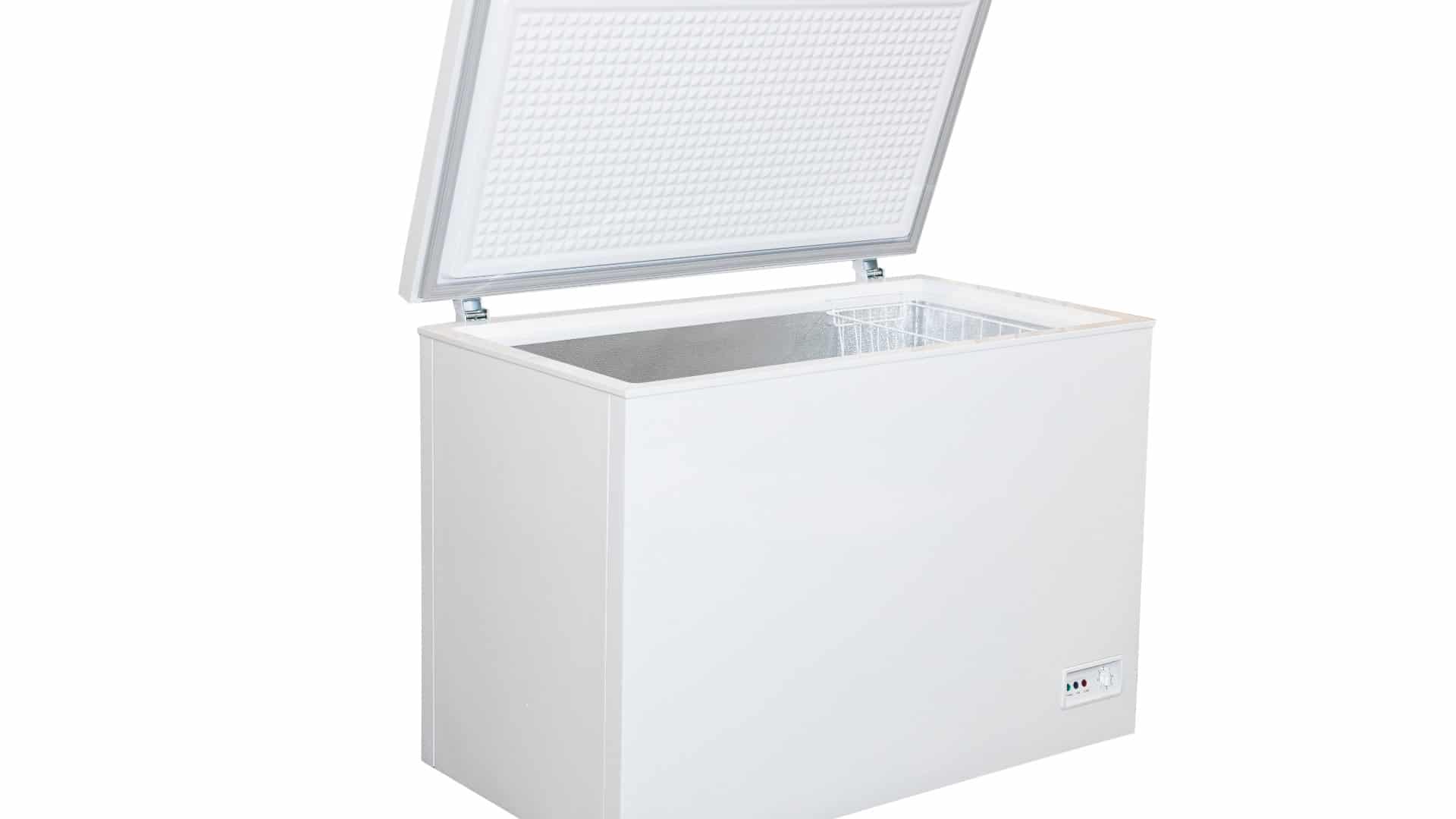

Articles
How Long Does It Take For A Deep Freezer To Get Cold
Modified: February 20, 2024
Learn how long it takes for a deep freezer to get cold with our informative articles. Discover the factors that affect freezing time and optimize your freezer's performance.
(Many of the links in this article redirect to a specific reviewed product. Your purchase of these products through affiliate links helps to generate commission for Storables.com, at no extra cost. Learn more)
Introduction
When it comes to storing perishable foods, deep freezers are an essential appliance in any household or commercial setting. These powerful machines are designed to keep food items frozen for extended periods, ensuring their freshness and longevity. However, one common question that arises is, “How long does it take for a deep freezer to get cold?” Understanding the factors that affect the cooling time and the average time it takes for a deep freezer to reach its desired temperature can help users optimize their freezer usage and ensure proper food storage.
Factors Affecting the Cooling Time of a Deep Freezer:
Several factors can influence the time it takes for a deep freezer to reach its optimal cooling temperature. These factors include:
- Temperature settings: Deep freezers typically have adjustable temperature settings. Lowering the temperature to the desired level can expedite the cooling process.
- Ambient temperature: The surrounding room temperature can impact how quickly a deep freezer cools down. Placing the freezer in a cool, well-ventilated area can help speed up the cooling time.
- Initial temperature of the freezer: If the freezer has been turned off or unplugged for a period, it may take longer to reach its desired temperature compared to a freezer that is already in use.
- Amount and type of food stored: The quantity and composition of the food stored in the freezer can affect the cooling time. A packed freezer with a large volume of warm food will take longer to cool compared to a partially filled freezer or one with pre-chilled items.
In addition to these factors, the size and type of the deep freezer can also impact the cooling time. Let’s explore the average time it takes for deep freezers of different sizes and capacities to get cold.
Key Takeaways:
- Factors such as temperature settings, ambient temperature, initial freezer temperature, and food quantity impact the time it takes for a deep freezer to get cold. Understanding these factors can optimize freezer usage.
- Small freezers take 4-8 hours, medium-sized take 6-12 hours, and large freezers take 8-24 hours to get cold. Proper placement, avoiding overloading, and keeping the door closed can speed up the cooling process.
Factors Affecting the Cooling Time of a Deep Freezer
When it comes to the cooling time of a deep freezer, several factors come into play. Understanding these factors can help users optimize their freezer usage and ensure efficient cooling. Let’s explore the key factors that affect the cooling time of a deep freezer:
Temperature settings
The temperature settings of a deep freezer play a crucial role in determining how quickly it reaches its desired cooling temperature. Most deep freezers come with adjustable temperature controls, allowing users to set the temperature according to their specific requirements. Lowering the temperature to the desired level can expedite the cooling process. It is important to note that setting the temperature too low can lead to excessive energy consumption, so it’s recommended to find the optimal balance between efficient cooling and energy efficiency.
Ambient temperature
The ambient or surrounding temperature also plays a significant role in the cooling time of a deep freezer. Placing the freezer in an area with a cool and well-ventilated environment can help speed up the cooling process. On the other hand, if the ambient temperature is high, such as during hot summer months, it may take longer for the freezer to cool down. It’s advisable to position the deep freezer away from direct sunlight and heat sources to minimize the impact of the ambient temperature.
Initial temperature of the freezer
The initial temperature of the freezer can affect the time it takes to reach its desired cooling temperature. If the deep freezer has recently been turned off or unplugged, it will take longer to cool down compared to a freezer that is already in use. This is because the freezer needs to remove accumulated heat and bring the internal temperature down to the desired level. Therefore, it’s advisable to keep the deep freezer running continuously to maintain its optimal cooling temperature.
Read more: How Cold Does A Deep Freezer Get
Amount and type of food stored
The amount and type of food stored in the deep freezer can also impact the cooling time. When a large quantity of warm or room temperature food is placed in the freezer, it takes longer for the system to cool down and reach its desired temperature. This is because the warm food adds thermal energy to the freezer, which needs to be dissipated. Additionally, dense and thick food items may take longer to cool compared to smaller and thinner items. To minimize the cooling time, it’s recommended to pre-chill the food items before placing them in the freezer and avoid overcrowding the freezer with too many items.
By considering these factors and making necessary adjustments, users can optimize the cooling time of their deep freezers and ensure proper food storage conditions. In the next section, we will delve into the average time it takes for deep freezers of different sizes to get cold.
Average Time for a Deep Freezer to Get Cold
The time it takes for a deep freezer to reach its optimal cooling temperature can vary depending on the size and type of the freezer. Let’s explore the average time it typically takes for different sizes of deep freezers to get cold:
Small deep freezers
Small deep freezers, also known as compact or mini deep freezers, are designed for smaller households or spaces with limited storage capacity. These freezers typically have a storage capacity ranging from 2 to 5 cubic feet. On average, it can take anywhere from 4 to 8 hours for a small deep freezer to reach its desired cooling temperature. However, factors such as the ambient temperature, initial temperature of the freezer, and amount of food stored can influence the actual cooling time.
Medium-sized deep freezers
Medium-sized deep freezers are commonly used in households with moderate storage needs or small businesses. These freezers usually have a storage capacity ranging from 5 to 18 cubic feet. It generally takes around 6 to 12 hours for a medium-sized deep freezer to get cold and reach its optimal cooling temperature. However, as with small deep freezers, the cooling time can be influenced by various factors such as ambient temperature, initial temperature, and food load.
Large deep freezers
Large deep freezers are ideal for bigger households, restaurants, or businesses that require substantial storage space. These freezers typically have a storage capacity of 18 cubic feet or more. The cooling time for large deep freezers can range from 8 to 24 hours, depending on factors like temperature settings, ambient temperature, initial temperature, and food load. It’s important to note that some deep freezers come equipped with a “fast freeze” feature, which helps accelerate the cooling process.
Commercial deep freezers
Commercial deep freezers are designed for large-scale storage needs in restaurants, grocery stores, and other commercial settings. These freezers can have a storage capacity exceeding 20 cubic feet. The cooling time for commercial deep freezers varies significantly and can take anywhere from 12 to 48 hours or even longer, depending on the size, temperature settings, ambient conditions, and food load.
It’s important to keep in mind that these are average time ranges and the actual cooling time may vary based on the specific model and manufacturer of the deep freezer. Additionally, factors like the quality and condition of the freezer’s components can also impact the cooling time.
Now that we have explored the average time it takes for deep freezers of different sizes to get cold, let’s move on to some tips to speed up the cooling process and ensure efficient freezer usage.
Tips to Speed up the Cooling Process
While the cooling time of a deep freezer may vary depending on various factors, there are several tips and practices that can help speed up the cooling process and ensure efficient freezer usage. Let’s explore these tips:
Proper placement of the freezer
The placement of your deep freezer can have a significant impact on its cooling efficiency. To optimize cooling time, place the freezer in a cool and well-ventilated area. Avoid placing it near heat sources such as ovens, stoves, or direct sunlight, as this can increase the ambient temperature around the freezer and slow down the cooling process. Additionally, ensure that there’s ample space around the freezer for air circulation, as proper airflow helps dissipate the heat generated during the cooling process.
Avoiding overloading the freezer
Overloading the deep freezer with food items can hinder the cooling process. When the freezer is overloaded, the air circulation is restricted, impeding the efficient distribution of cold air. This can prolong the time it takes to reach the desired cooling temperature. To speed up the cooling process, avoid overloading the freezer and leave enough room for cold air to circulate. Consider storing less perishable items or organizing the freezer’s contents to create enough space for proper airflow.
Keeping the freezer door closed
Repeatedly opening the freezer door can significantly affect its cooling time. Each time the door is opened, warm air from the surroundings enters the freezer, causing the temperature inside to increase. This prompts the freezer to work harder to cool down the warm air, prolonging the cooling process. To prevent unnecessary heat gain, minimize the frequency and duration of opening the freezer door. Plan ahead and retrieve items quickly to keep the door closed as much as possible. This will help maintain a consistent temperature and ensure the optimal cooling efficiency of the freezer.
By following these tips, you can speed up the cooling process of your deep freezer, optimizing its efficiency and ensuring proper food storage. However, it’s important to remember that even with these practices, the cooling time can still be influenced by factors such as the initial temperature, ambient conditions, and the type and quantity of food stored. By understanding these factors and implementing these tips, you can make the most out of your deep freezer and enjoy efficient and effective cooling.
As we conclude this article, we have learned about the factors affecting the cooling time of a deep freezer, the average time it takes for different sizes of deep freezers to get cold, and tips to speed up the cooling process. By applying this knowledge, you can make informed decisions regarding your deep freezer usage and ensure the longevity and quality of your stored food items.
Conclusion
A deep freezer is an essential appliance for preserving and storing perishable food items. Understanding the factors that affect the cooling time of a deep freezer can help users optimize their freezer usage and ensure efficient cooling. From temperature settings to ambient temperature, initial freezer temperature to the amount and type of food stored, each factor plays a role in determining the time it takes for the freezer to reach its desired cooling temperature.
The average time for a deep freezer to get cold varies depending on its size and capacity. Small deep freezers typically take 4 to 8 hours, medium-sized freezers take 6 to 12 hours, and large freezers can take 8 to 24 hours or more. Commercial deep freezers, designed for large-scale storage, may take even longer to cool down.
To speed up the cooling process and ensure efficient freezer usage, there are several tips to follow. Proper placement of the freezer in a cool and well-ventilated area, avoiding overloading the freezer to allow for proper airflow, and keeping the freezer door closed to minimize heat gain are all key practices to optimize the cooling time and maximize efficiency.
By implementing these tips and understanding the factors that affect the cooling time, users can make the most out of their deep freezers. It is important to note that while these tips and average times serve as a general guideline, the actual cooling time may vary depending on specific circumstances, such as the freezer model and manufacturer, as well as individual usage patterns.
In conclusion, a deep freezer is a valuable asset for preserving and storing food items. By being mindful of the factors that affect its cooling time and implementing best practices, users can ensure efficient cooling, maintain food freshness, and optimize the longevity of their freezer. Whether for home use or commercial purposes, a well-maintained deep freezer can be a reliable companion for food storage needs.
Frequently Asked Questions about How Long Does It Take For A Deep Freezer To Get Cold
Was this page helpful?
At Storables.com, we guarantee accurate and reliable information. Our content, validated by Expert Board Contributors, is crafted following stringent Editorial Policies. We're committed to providing you with well-researched, expert-backed insights for all your informational needs.
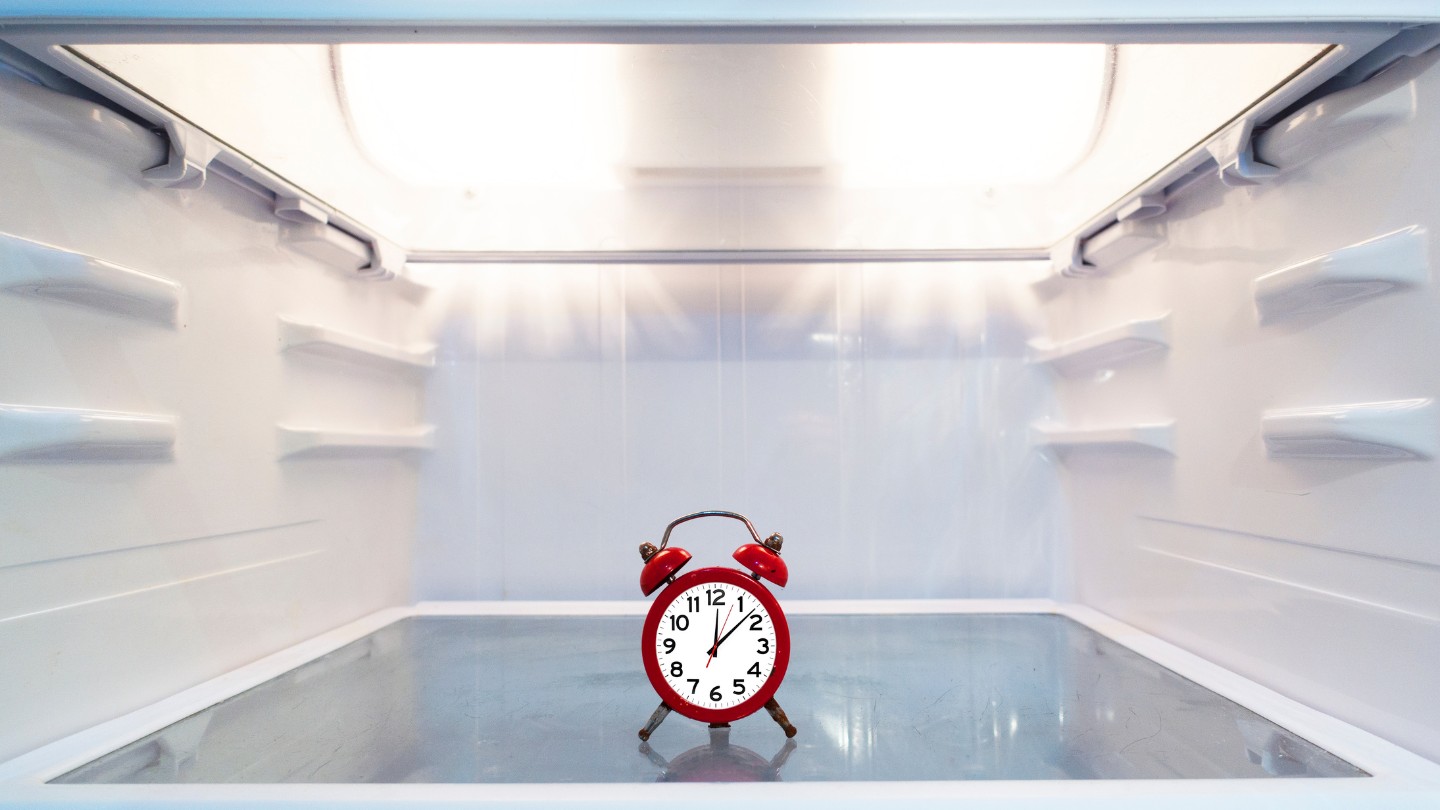
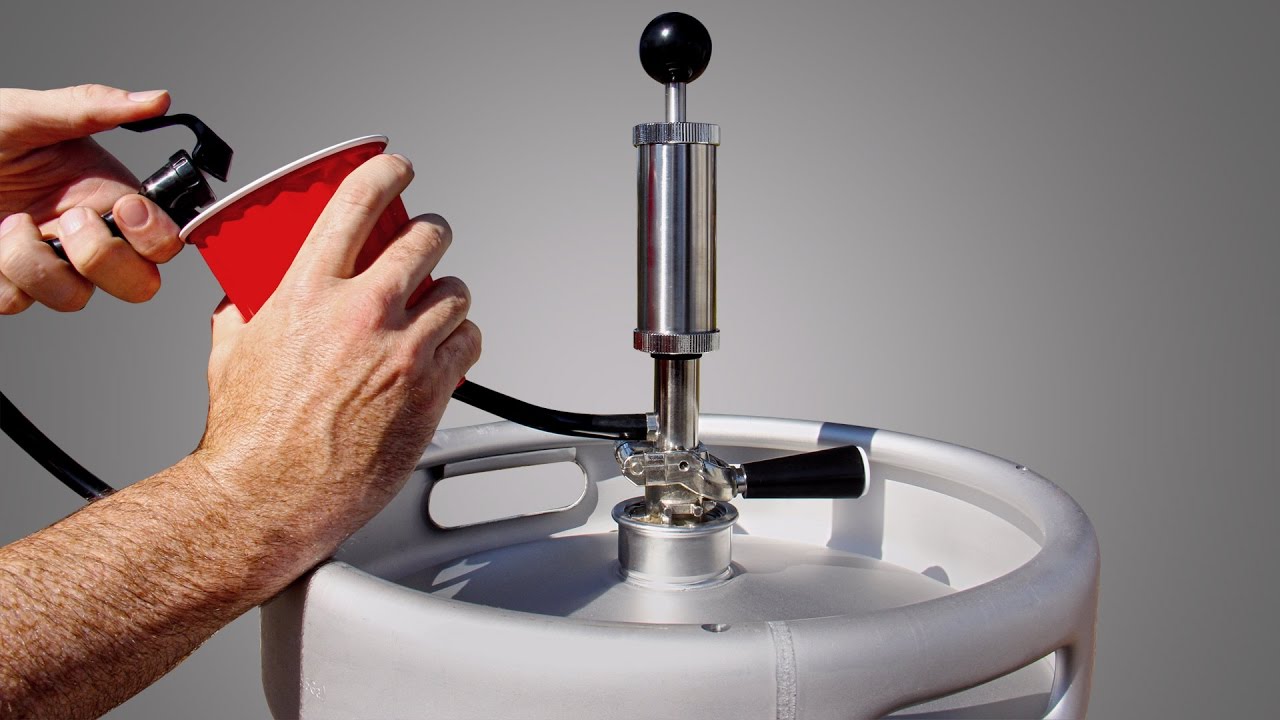
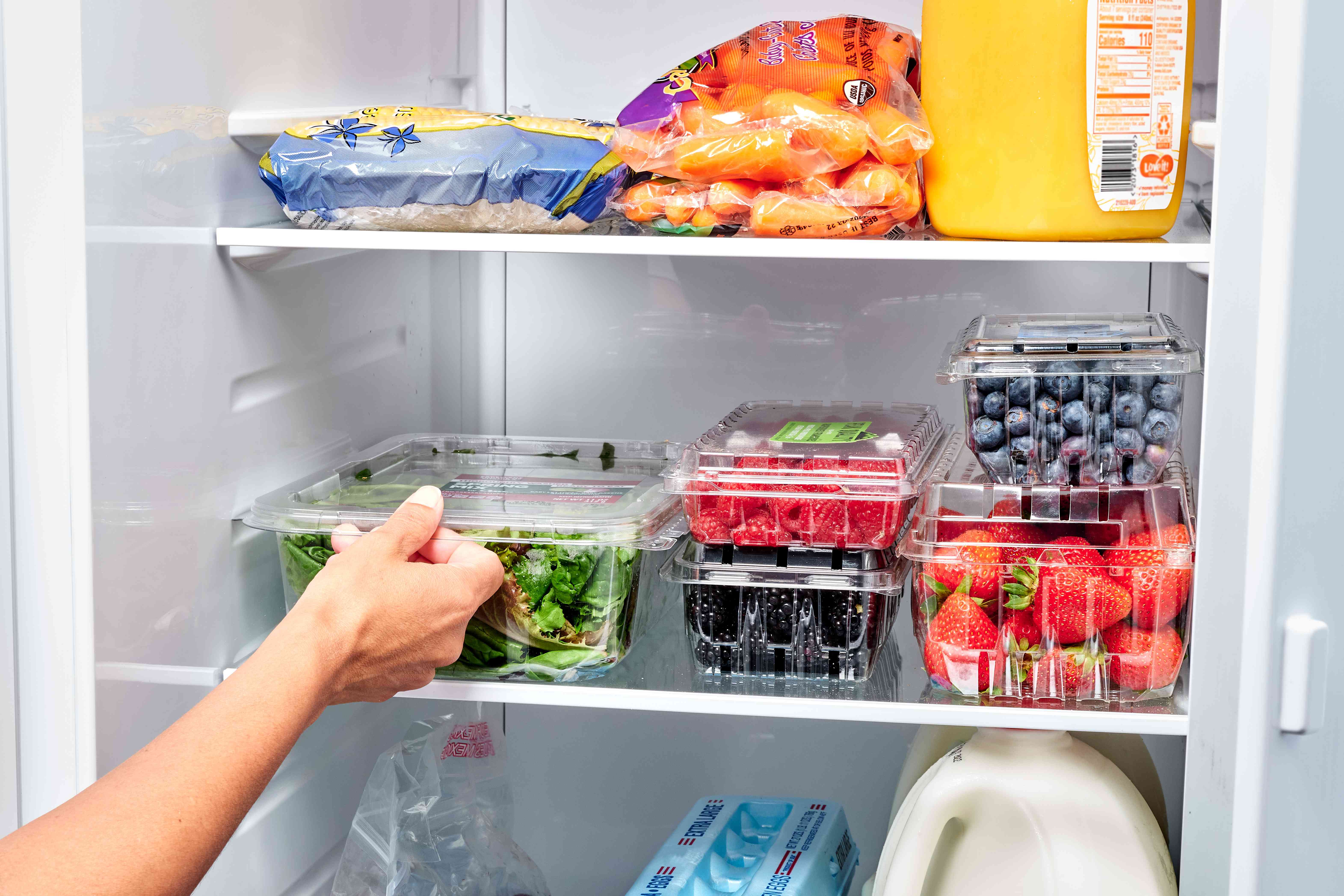
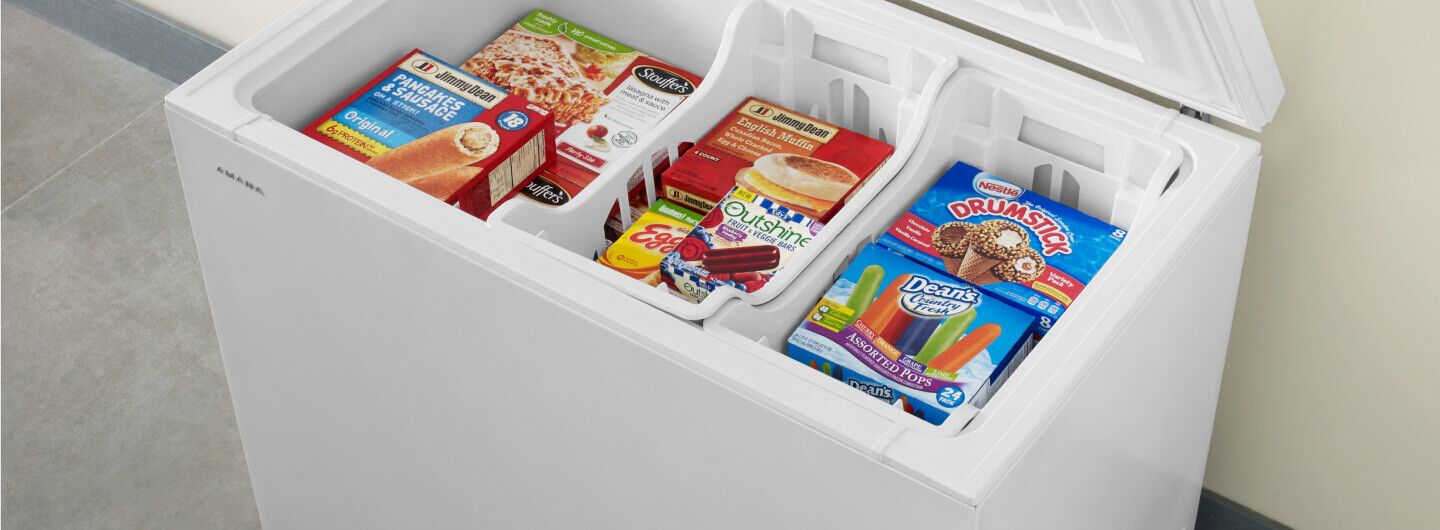
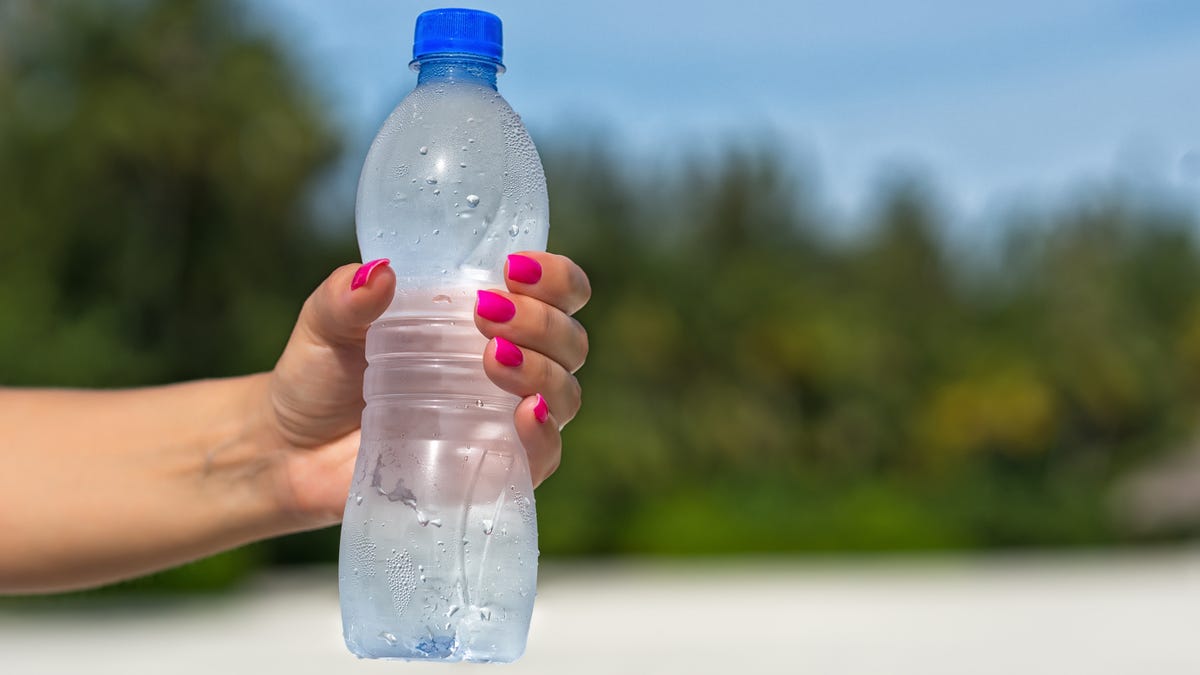
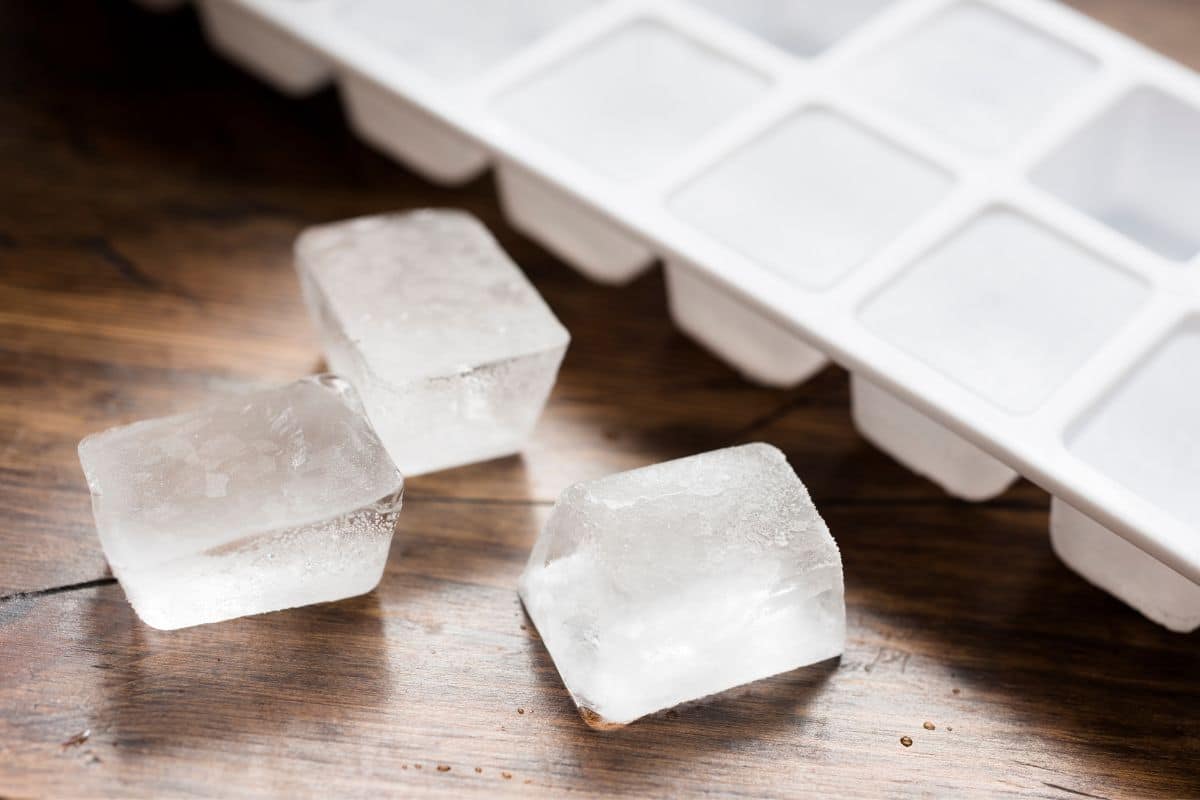
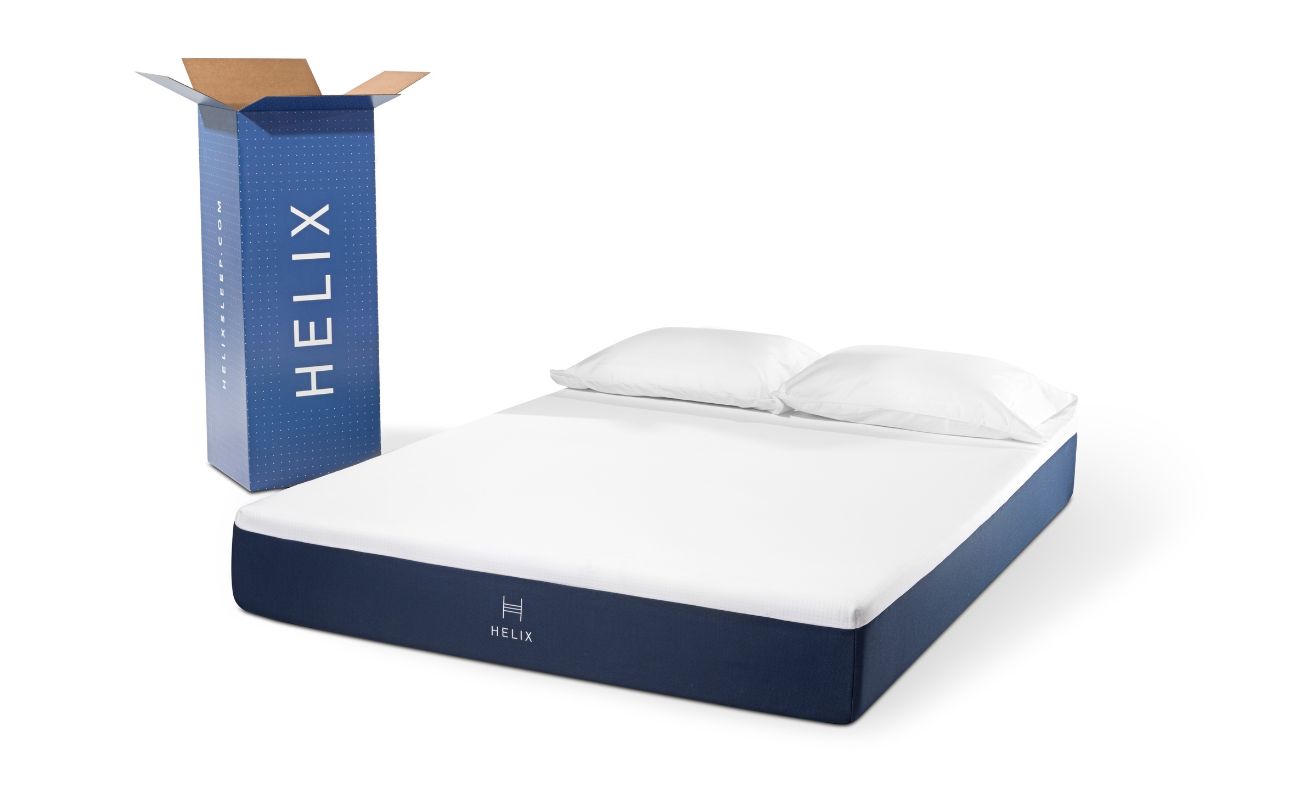
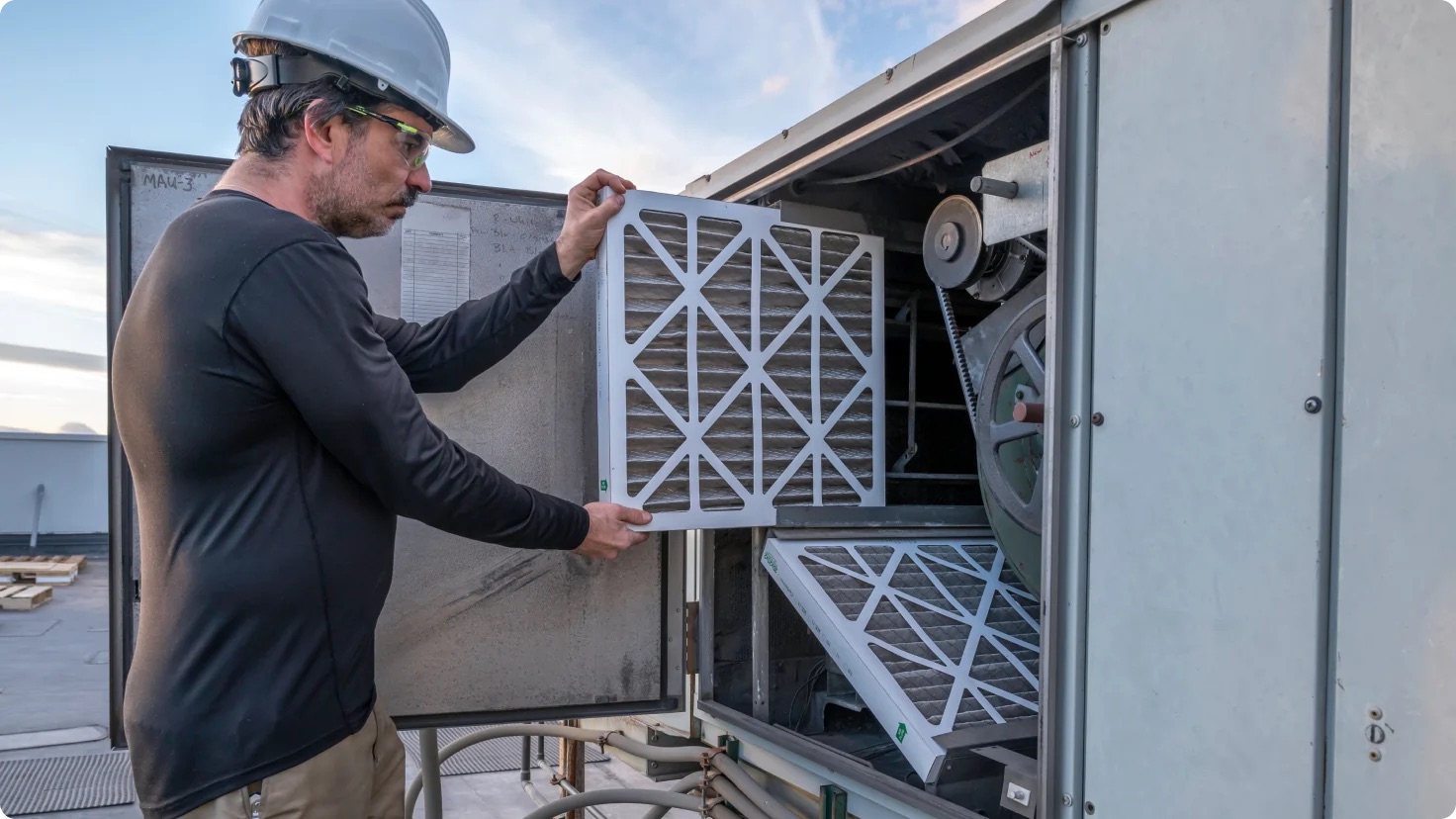
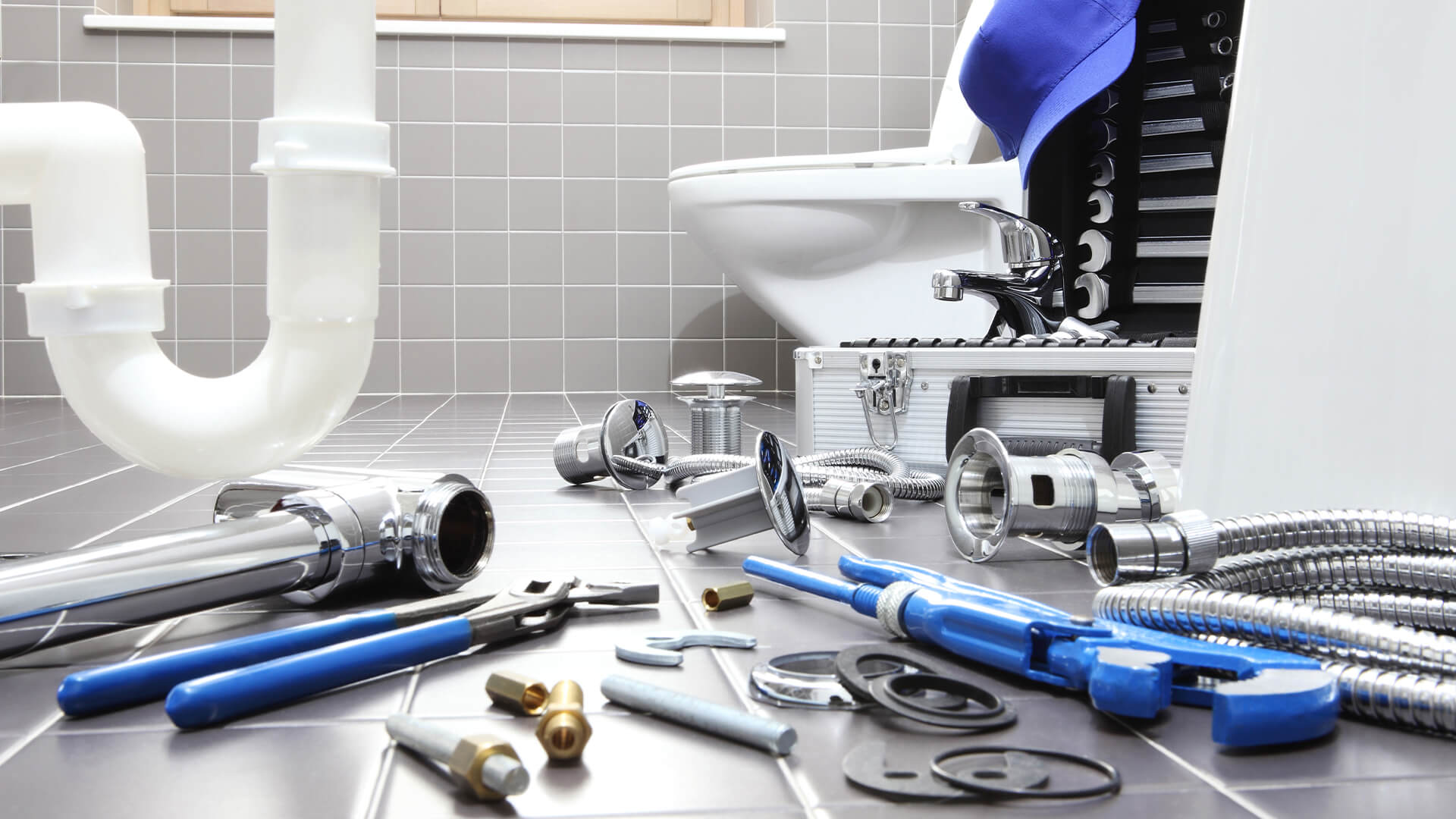
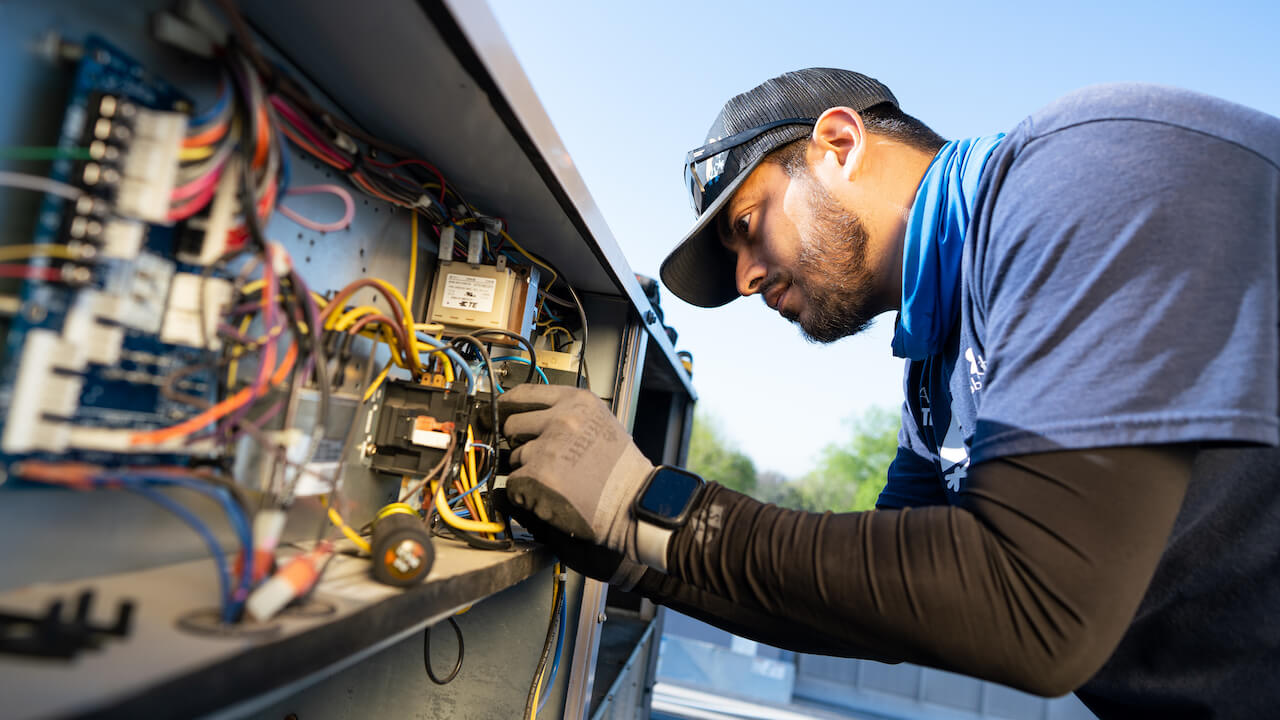
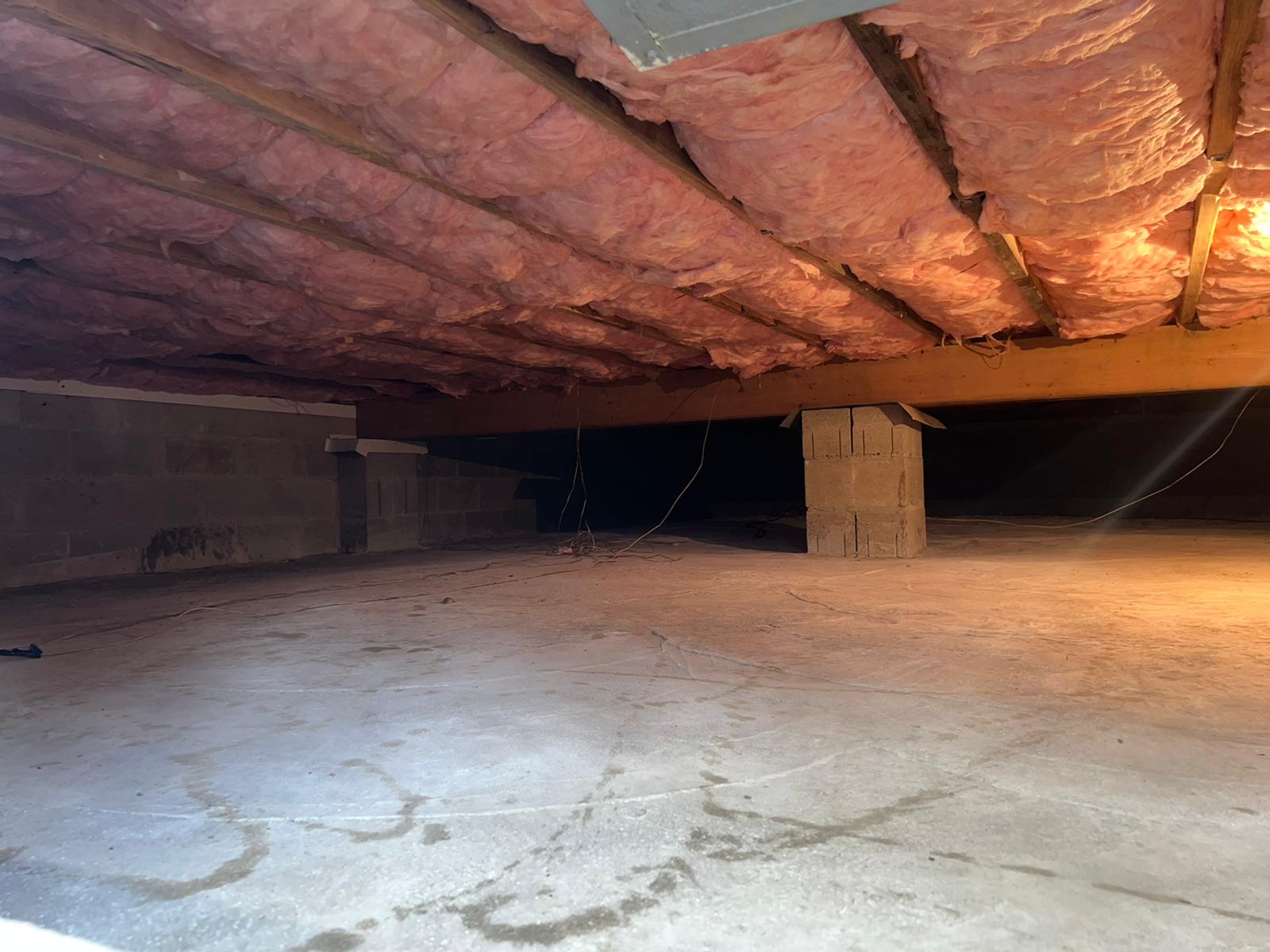
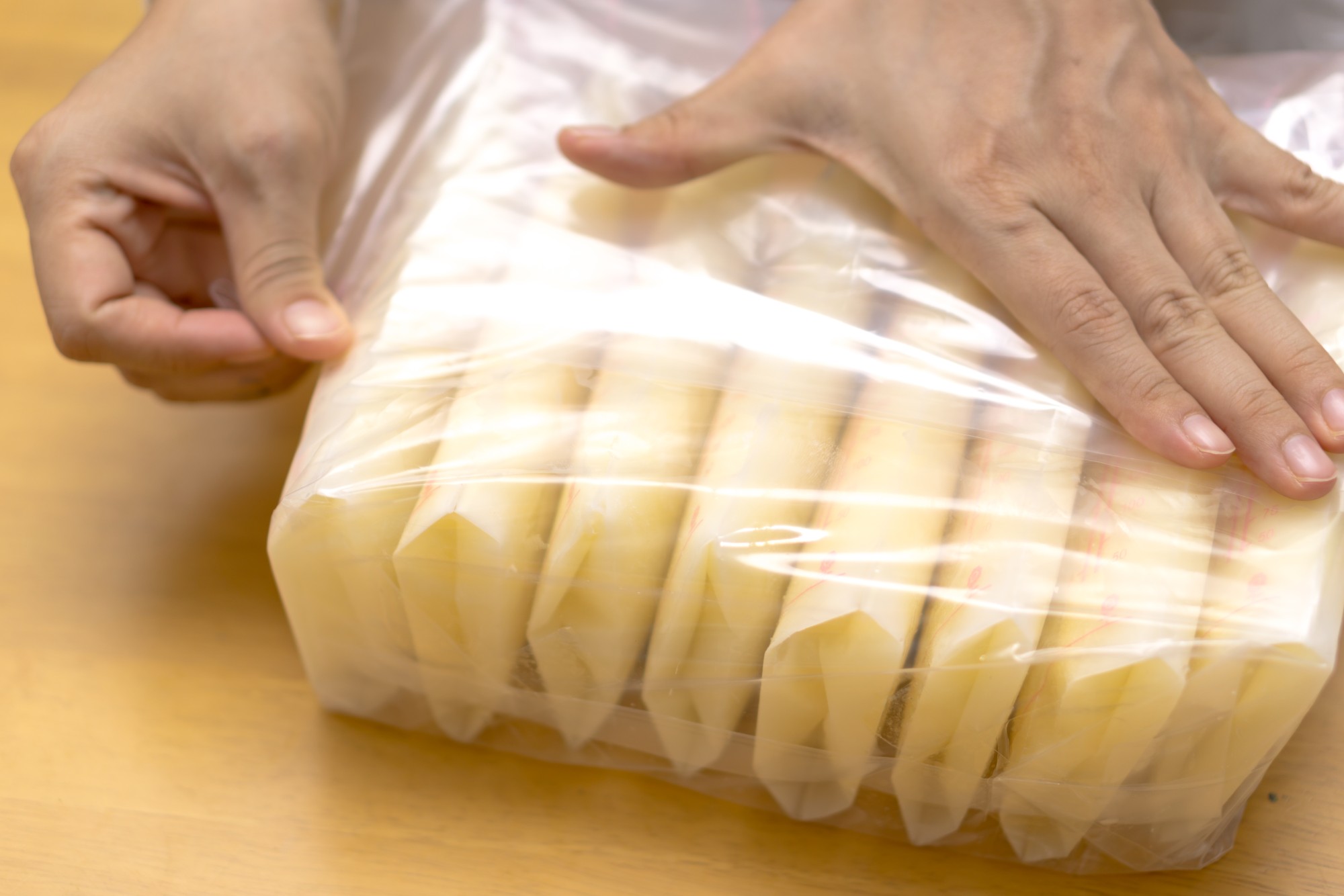

0 thoughts on “How Long Does It Take For A Deep Freezer To Get Cold”